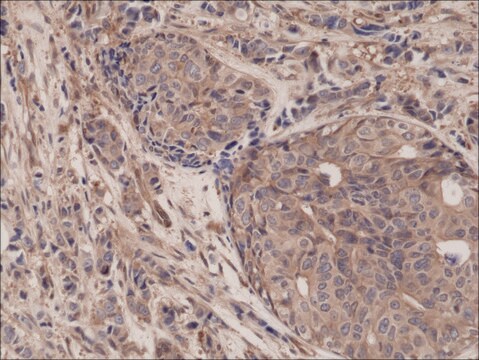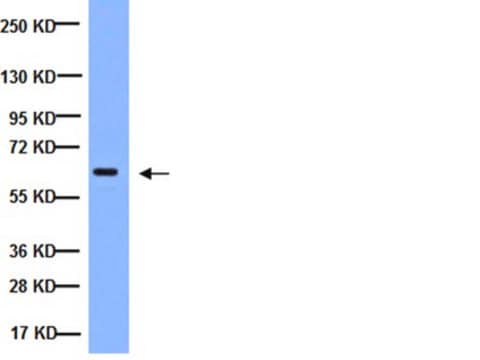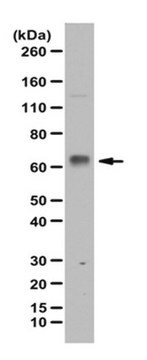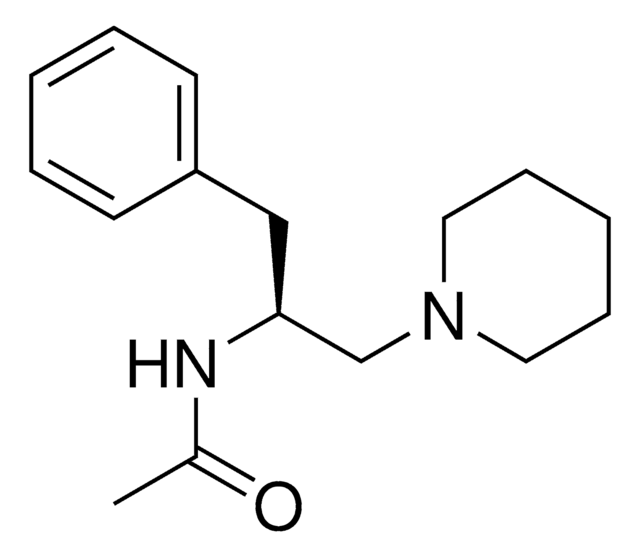ABE347
Anti-NFκB p65 Antibody, CT
from rabbit
Synonym(s):
v-rel reticuloendotheliosis viral oncogene homolog A (avian), v-rel avian reticuloendotheliosis viral oncogene homolog A (nuclear factor of kappa light polypeptide gene enhancer in B-cells 3 (p65)), Nuclear factor of kappa light polypeptide gene enhancer
About This Item
Recommended Products
biological source
rabbit
Quality Level
antibody form
purified antibody
antibody product type
primary antibodies
clone
polyclonal
species reactivity
mouse, human, rat
packaging
antibody small pack of 25 μg
technique(s)
immunoprecipitation (IP): suitable
western blot: suitable
NCBI accession no.
UniProt accession no.
shipped in
ambient
storage temp.
2-8°C
target post-translational modification
unmodified
Gene Information
human ... RELA(5970)
General description
Specificity
Immunogen
Application
Epigenetics & Nuclear Function
Transcription Factors
Immunoprecipitation Analysis: 10 µg from a representative lot immunoprecipitated NFκB from A431 RIPA lysate.
Quality
Western Blot Analysis: 0.5 µg/mL of this antibody detected NFκB in 10 µg of A431 cell lysate.
Target description
Four isoforms produced by alternative splicing have been described: Isoform 1 (p65) at 60.2 kDa, Isoform 2 (p65 delta 2) at 58.8 kDa, Isoform 3 (p65 delta) at 59.1 kDa, and Isoform 4 at 59.9 kDa
Linkage
Physical form
Storage and Stability
Analysis Note
A431 cell lysate
Other Notes
Disclaimer
Not finding the right product?
Try our Product Selector Tool.
recommended
Storage Class Code
12 - Non Combustible Liquids
WGK
WGK 1
Flash Point(F)
Not applicable
Flash Point(C)
Not applicable
Certificates of Analysis (COA)
Search for Certificates of Analysis (COA) by entering the products Lot/Batch Number. Lot and Batch Numbers can be found on a product’s label following the words ‘Lot’ or ‘Batch’.
Already Own This Product?
Find documentation for the products that you have recently purchased in the Document Library.
Our team of scientists has experience in all areas of research including Life Science, Material Science, Chemical Synthesis, Chromatography, Analytical and many others.
Contact Technical Service








